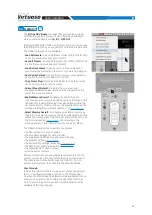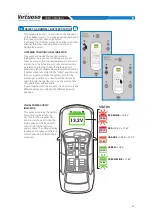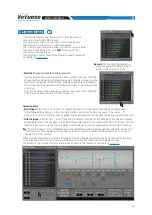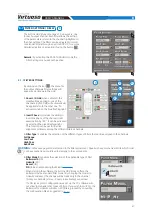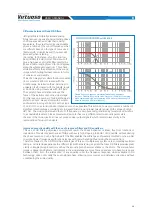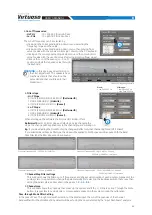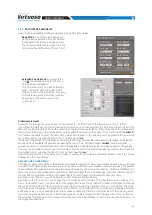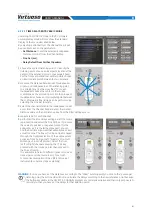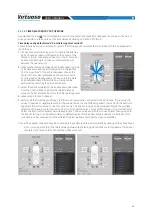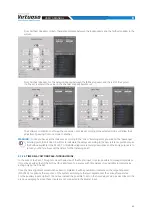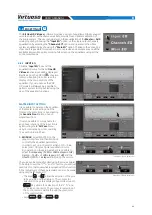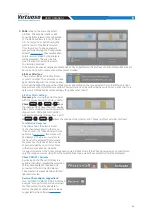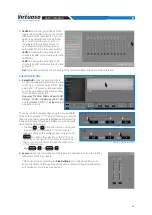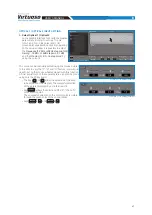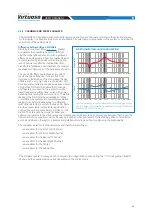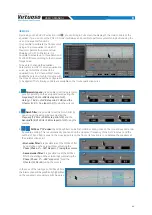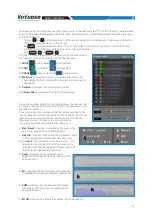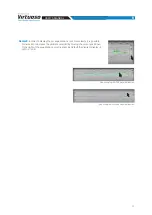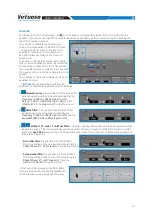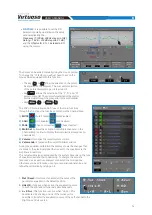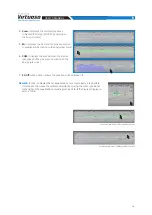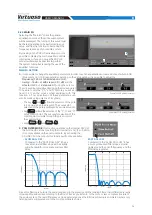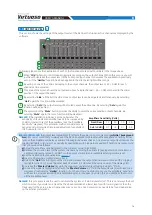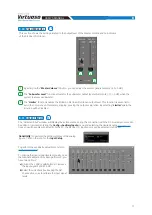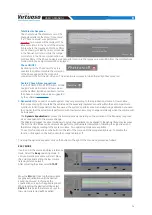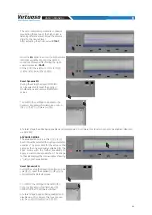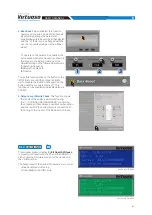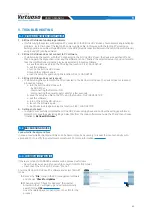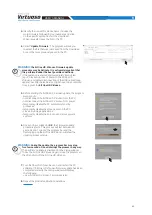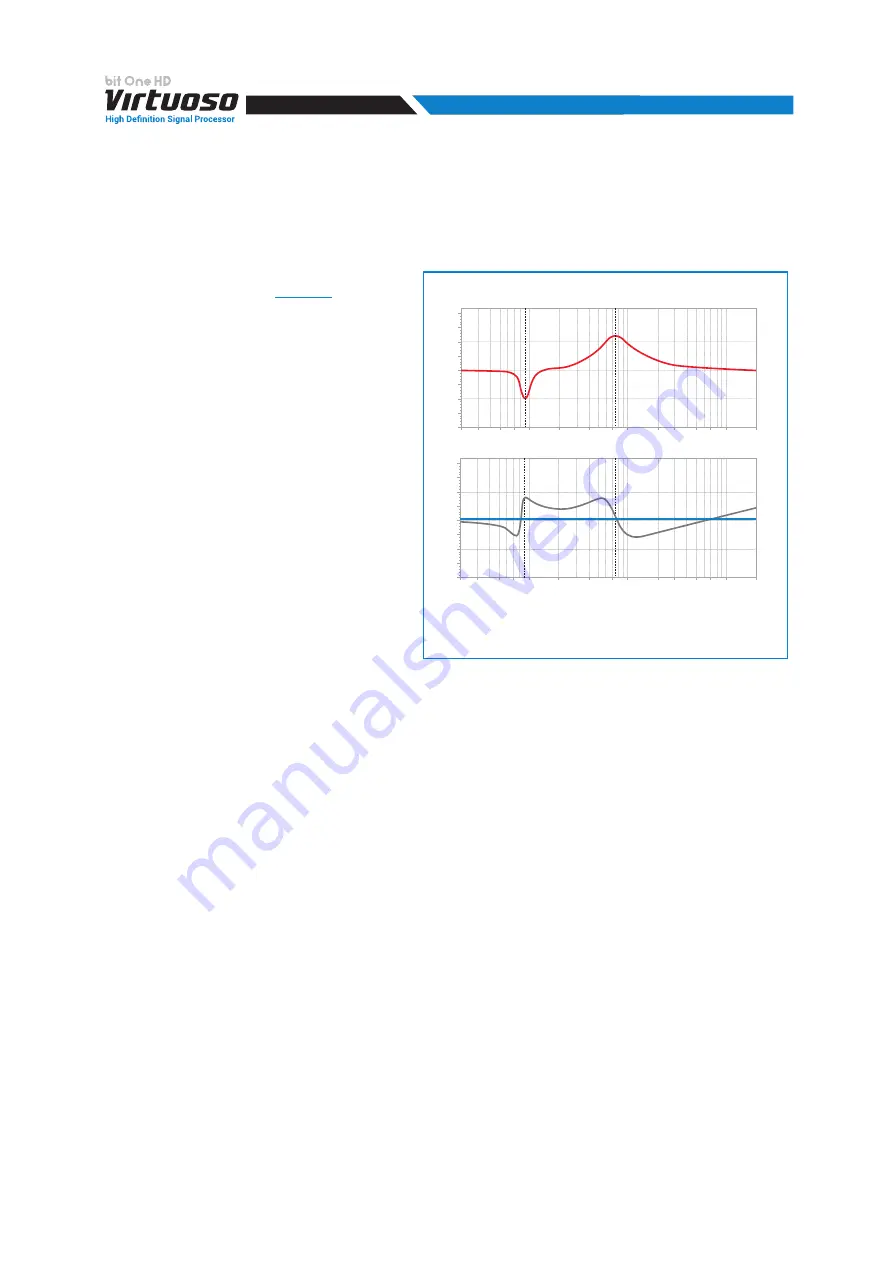
68
USER'S MANUAL
The equalizer works for functional groups and therefore we will have:
-
an equalizer for the Front Left Channel;
-
an equalizer for the Front Right Channel;
-
an equalizer for the Rear Left Channel;
-
an equalizer for the Rear Right Channel;
-
an equalizer for the Center;
-
an equalizer for the Subwoofer.
The software is able to manage both an IIR and FIR configuration chosen during the "I / O Configuration Wizard"
phase, and the equalizer setup varies depending on the choice made.
8.8.2
CHANNELS AND FRONT EQUALIZER
Difference between IIR and FIR filters
Similarly to crossover filters
, graphic
and parametric equalizers based on IIR filters
alter the signal phase behaviour with significant
effects on audio quality. A heavily equalized signal
is characterized by an unclear stereo image and
lack of transients definition. Audiophiles often
classify this feeling as a veil that blurs the musical
message and deprives it of the necessary emotion.
The use of FIR filters guarantees an important
result: the phase behaviour is linear, free from
rotations or indecisions. This also makes the use
of filters with a very high slope (up to 48 dB / Oct)
possible, without altering the phase response. Such
a high slope for the filter enables the midrange
and tweeters mounted on the a-pillar to work at
lower frequencies without any issues with power
handling, thus raising the emission front. Therefore
thanks to the FIR filters the advantages of three
or multiple-way systems are completely exploited
taking in-car listening experience to a different
level. When listening, a system that uses FIR filters
provides great clarity in transients reproduction,
such as the acoustic piano hammer strikes or the
drums. The stereophonic image is deeper and
definite. Instruments in the virtual stage are more focused and seem to have more space between them. Even the
intervention of any equalizer over the frequency response, when available in FIR technology, does not modify the
audio signal phase, allowing more precise and detailed corrections without conditioning the audio quality.
+10
+5
0
-5
-10
dB
Hz
20 3 0
50 7 0 100
200 4
00
700 1 k
2k 3 k
5k 7 k 10k 20.0k
+
90
+
45
0
-
45
-
90
dB
Hz
20 3 0
50 7 0 100
200
400 7
00 1 k
2k 3 k
5k 7 k 10k 20.0k
FIR
IIR
Phase
Magnitude
Electric frequency response simulation (module and phase) of
the two poles of the parametric equalizer featuring IIR filters (in
black) and FIR filters (in blue).
FIR EQUALIZATION vs IIR EQUALIZATION
The CHANNEL EQ equalizer works for functional groups and for each channel according to the selection chosen
for the display. It is possible to perform an equalization by selecting a single speaker in the system or selecting the
entire front of the audio system.
8

